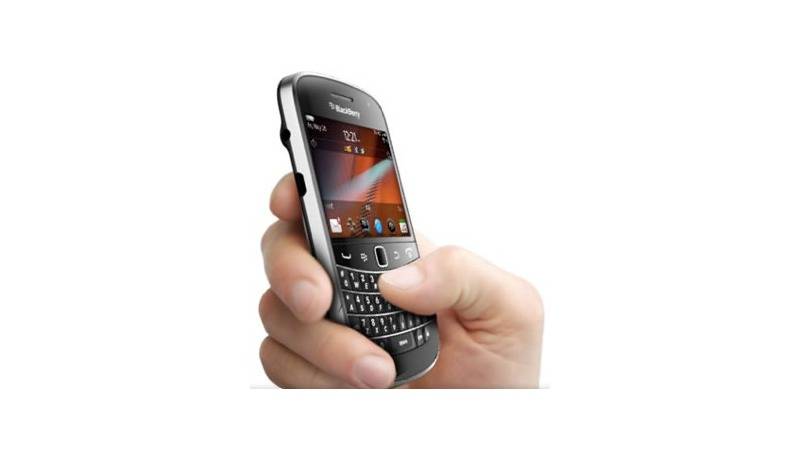
We might have to start giving Research In Motion some credit. It may have taken the company way too long to deliver on its promised BlackBerry 10 smartphones but now that they are almost here, boy, is RIM doing it right.
At the Consumer Electronics Show this week, three executives from top cellular providers in the United States said they would carry RIM’s new BlackBerry 10 devices. That includes the big two, Verizon and AT&T, as well as fourth place T-Mobile. No word on if Sprint will carry the new BlackBerry 10 devices, but it would be surprising if the third biggest carrier in the U.S. was shut out on one of the biggest device releases of 2013.
We have known for a while that RIM has been testing BB10 with a variety of carriers worldwide. RIM’s CMO Frank Boulben told Fierce Wireless this week that 150 carriers worldwide are testing BB10 devices and that the company is not tied into exclusivity agreements with any carrier. Boulben also said that RIM would release at least six BB10 devices this year across the globe at a variety of price points.
On the other side of the supply chain, RIM has also worked hard with developer partners to make sure that a vibrant app ecosystem will exist for BB10 when it is officially announced on Jan. 30. Nearly 70,000 BB10 apps will reportedly be in the BlackBerry World app store when the device hits store shelves.
Aiming For The Target
The Technorati taunted and ridiculed RIM for the delays in releasing BB10 to the world. The release has been pushed back multiple times and RIM lost out on the 2012 holiday shopping season, which happened to be the most lucrative for smartphone manufacturers in history. That hurts, no doubt about it. But, we are starting to see the benefits of waiting. RIM has loaded its shotgun and plans to take its shot at a time when it should see its fullest effect.
The shotgun metaphor is apt. RIM has certainly studied the behaviors of its top competitors and realized what works and what does not. As such, the RIM distribution strategy looks a lot more like Apple and Samsung’s than that of Nokia or HTC.
In particular, Samsung has gained massive global dominance in part through its “spray and pray” approach to smartphone distribution. Samsung releases every one of its major smartphones to all four major U.S. carriers and similar carriers around the world. That practice started with the original Samsung Galaxy S and has worked well for successive iterations of its flagship smartphones, including the “phablet” Galaxy Note. The shotgun approach has been very successful for Samsung and, to a certain extent, Apple as well.
On the other hand, exclusivity agreements have been the bane of Nokia and HTC. Two very good phones, the Lumia 920 and the HTC One X, have been caught up in exclusivity agreements with AT&T in the U.S. and have suffered because of it. To get similar versions of those devices on other carriers, the manufacturers have had to come out completely new devices. For instance, the equivalent of the HTC One X on Sprint is the EVO 4G LTE. The One X never made it to Verizon, which went without a flagship HTC device for most of 2012 until the Droid DNA was released last November. Unique devices are by no means a bad thing, but exclusivity has slowed HTC and Nokia down and caused the manufacturers to lose ground to the faster moving, better distributed iPhones and Galaxies of the world.
A sure death for the BlackBerry 10 would have been to come out with one or two devices and tie them directly to one carrier, like Nokia did with the Lumia 900 and 920 on AT&T. With the future of Research In Motion resting on the success of BB10, that is not a game that RIM can afford to play.
In The Hands Of The Consumer
Only one factor really threatens to derail BlackBerry 10 at this point. Research In Motion has all its ducks lined up ready to knock them down one by one. The goals have been met. But, there is no accounting for the taste of the consumer.
“We’re hopeful it’s going to be a good device,” said Lowell McAdam, CEO Verizon Communications, according to Reuters.
That is the trick. RIM can do all it wants with carrier testing, robust and diverse distribution and application ecosystems that it wants. But, if BlackBerry 10 is not any good, or if consumers perceive it to not be any good, then all of the company’s carefully laid plans will go for naught.









